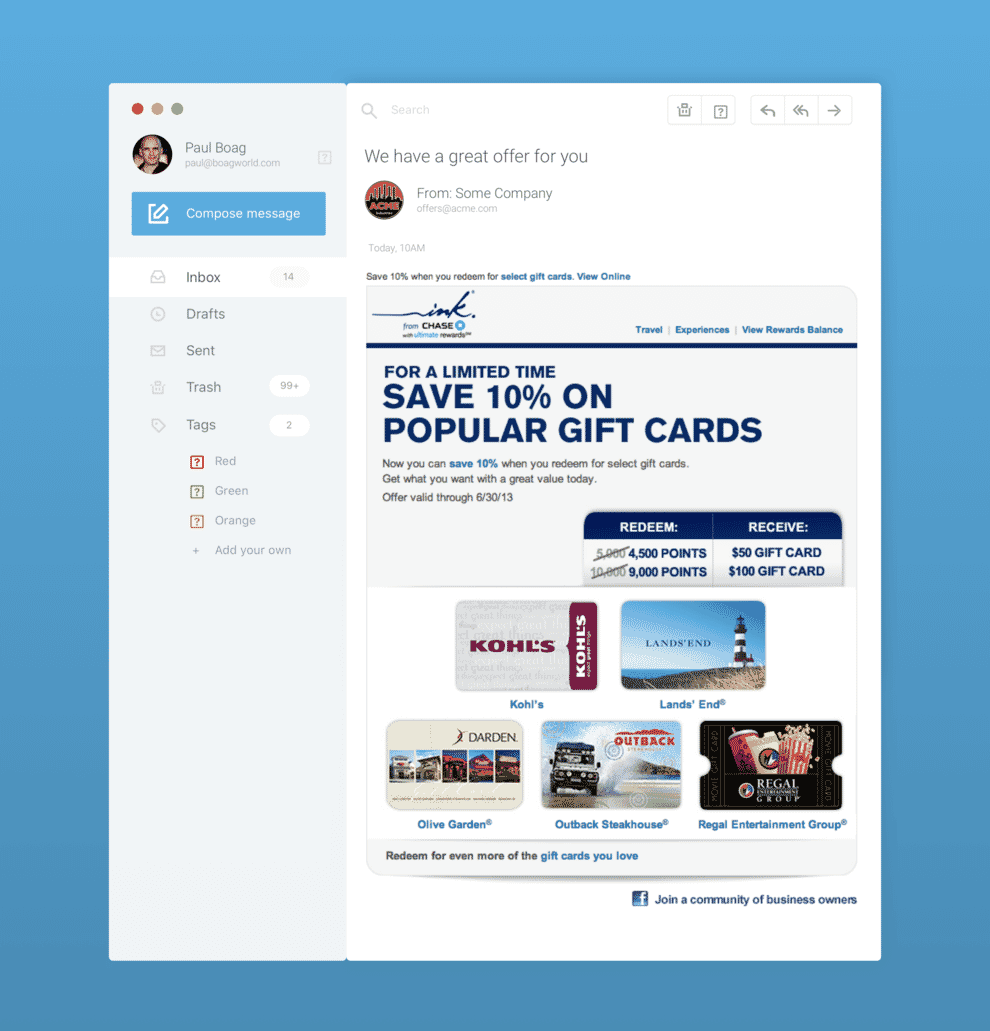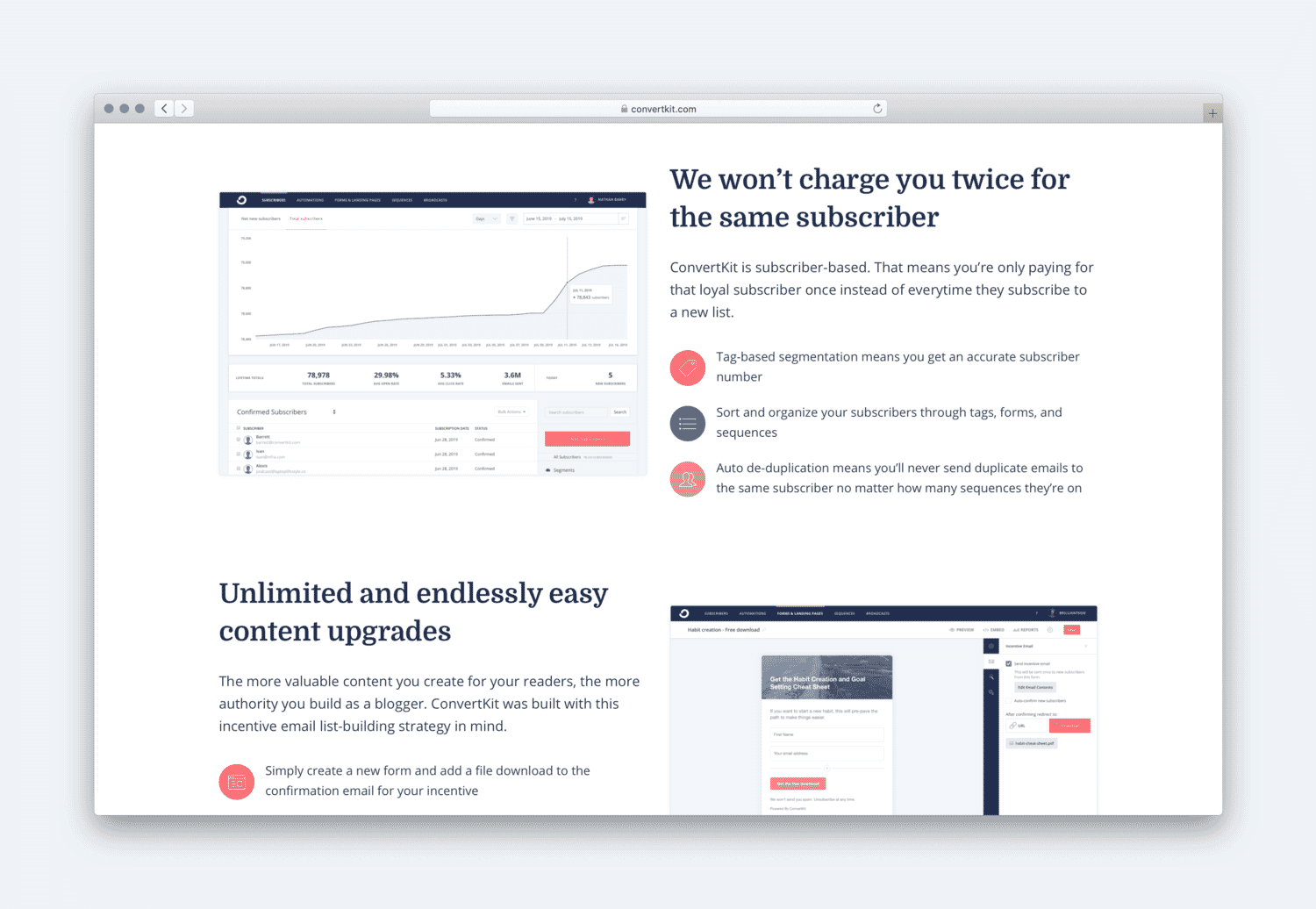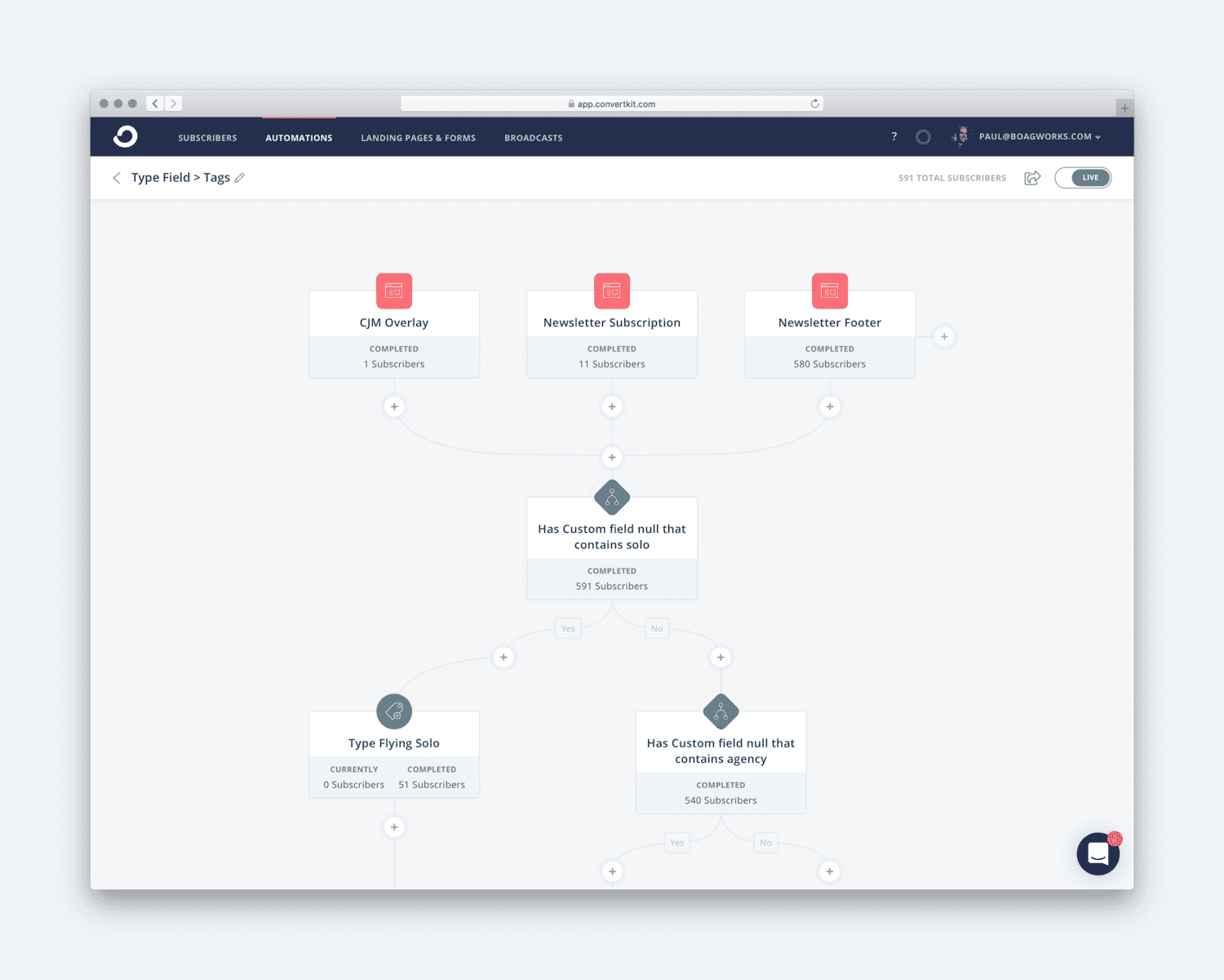Let me say from the start this Convertkit review is far from unbiased. I have become an enormous fan of the platform as it has opened my eyes to the potential of email. I should also add that there are affiliate links to Convertkit in this article. So, if you are looking for an unbiased comparison of Convertkit compared to other platforms, you may want to look elsewhere.
Neither is this Convertkit review a simple breakdown of its features when compared to the competition. Instead, I attempt to explain why you might not be getting the full value from email and how Convertkit can help.
Let’s begin by talking about two of the common mistakes people make with email marketing.
Two Mistakes You Might Be Making With Email Marketing
In the UK we have a sandwich spread called Marmite. It has an incredibly strong taste that people tend to love or hate. Their slogan is “you either love it or hate it”.
Clik here to view.

It strikes me email marketing is similar. Companies either obsessionally embrace it or give it nothing but cursory attention.
The Problem With Obsessive Email Marketing
Those organisations who rely heavily on email marketing often do so at the expensive of the user experience, bombarding people with HTML emails stuffed with discounts and product promotions.
They rely on the same approach direct marketing has been using for decades — if you send enough, somebody will respond. This attitude is why most of our inboxes are sinking in spam.
Clik here to view.

Unfortunately, those of us who value the user experience have been so alienated by this kind of email marketing we have gone to the other extreme.
The Problem With Ignoring Email Marketing
For years, I mostly ignored email marketing. Yes, I had grown a reasonably large mailing list, and yes, I would send out a bi-weekly email. However, that was it. My heart wasn’t in it. I felt too much like spamming people, and anyway, designing email templates was so horrendous it put me off.
I know I am not alone in this attitude. I come across many organisations who do not know what to do with email or how best to leverage it to improve, rather than undermine, the user experience.
However, ignoring email is not the answer because email is such an intrinsic part of that experience, especially if you are selling to other businesses as I do.
For me at least, the potential of email didn’t become apparent until I moved to Convertkit from Mailchimp.
How Convertkit Can Help You Get More From Email
Whether you are a lover or hater of email marketing, I believe that Convertkit has the potential to transform your thinking about the benefits you can get from email in a way that Mailchimp cannot.
Let’s start by talking about how Convertkit can help those like myself who have a somewhat negative attitude towards email marketing.
How Convertkit Transformed my Attitude Towards Email
I nearly dismissed Convertkit out of hand because it was more expensive than Mailchimp. For somebody who didn’t see the value of email marketing, I wanted to spend less, not more.
However, thanks to a very compelling page on Convertkit’s website, I realised I was overpaying Mailchimp because I hadn’t organised my subscriber lists in Mailchimp very well. Something that Mailchimp’s interface had failed to draw my attention to.
Clik here to view.

It turns out the Mailchimp interface was a significant problem in other ways too. It had evolved with more and more features being added until it was hard to understand and navigate.
By contrast, when I looked at Converkit, everything was so intuitive. What was interesting about this was the fact that it opened my eyes to the possibilities.
An excellent user interface should empower the user to do things they didn’t think possible, and that is what Convertkit did. It is not that it offered much functionality that Mailchimp doesn’t, it is just that it is all so much more apparent. I started to think of things that hadn’t even occurred to me before.
I could better understand and segment my audience based on what they have clicked on in previous emails or which emails they read. That would enable me to make my emails so much more relevant and helpful to my subscribers.
I could also send them prepared email sequences spread over weeks or even months without the need to always stay on top of things. So people could subscribe to different sequences whenever they were ready and receive entire introductions to topics in consumable chunks.
Clik here to view.

But these features didn’t just improve the user experience; they also helped sales. I could take the time to explain an offering over several emails in a way that would be impossible on a website.
I could also tailor which sales points and objections I addressed based on the individual and the things that would best resonate with them.
It’s not that I couldn’t do these things in Mailchimp, but they were obscured, and it never occurred to me to look. I didn’t know what I didn’t know.
By opening my eyes to the possibilities, Convertkit made me excited about email and set me on a path of exploring it further. Since then I have learned more and more about the potential of email, not to spam people, but to deeply engage with them in a way that you just cannot through a website or social media.
That is particularly relevant as consumer behaviour changes. People do not return to a blog regularly like they used to. Instead, they only discover blog posts when they search on a topic.
Equally, social media is so awash with noise that it is easy to be drowned out.
However, email is put right in front of people. In most cases, they at least look at everything arriving in their inbox, if only for a second. We can be confident it will at least be seen, which we cannot say for anything else.
Now, some of you reading this will consider these things evident because you are well experienced in email marketing. However, I believe Converkit can provide benefit to you as well.
How Convertkit Can Help Experienced Email Marketers
The intuitive and well-designed interface of Convertkit has led to a massive increase in productivity over my previous experience in Mailchimp. I do considerably more email marketing than ever before and yet spend less time doing it because I can easily automate so much and what I do can be done as efficiently as possible.
However, probably the most significant time saving has been from the fact that Converkit does not support the drag-and-drop creation of email templates.
Yes, you can add links, buttons, images and even video. However, you will not be able to create fancy email templates or multi-column designs.
For some, this will be a deal-breaker. But in my opinion, it is one of Convertkit’s most significant selling points. Convertkit does a great job at explaining the reasons for this decision here, however, for me the significant benefit is that it focuses me on the content and not the design.
I would waste hours faffing around with email layouts and trying to get it to behave, but at the end of the day, email is not meant to be a webpage. Trying to make email look like a web page is the equivalent of creating a website that looks like a brochure. They are different mediums, and so we must treat them differently.
Think about the emails you read yourself. Do you honestly read the ones with the fancy graphics and compelling design? Almost certainly not. We know these are almost always marketing emails and dismiss them as spam.
Convertkit puts it well:
Go look through the emails you’ve received recently that you actually wanted to read. They probably came from individuals. Not big brands or companies, but someone you have a connection with. Those emails certainly didn’t have a fancy template or design. They were just plain text, that got straight to the point.
Then, of course, there is the fact that fancy email templates are much more likely to be identified as marketing material by Google too. That makes it less likely they will end up in somebody’s primary inbox.
My Convertkit Review in Summary
Like I said at the beginning, this is not attempting to be a comprehensive Convertkit review. I am far from an expert in email marketing, and other than Convertkit I have only ever used Mailchimp.
However, what I can say is that Convertkit opened my eyes to the potential of email marketing. It did this through an intuitive interface, that helped rather than hindered, and by taking a position on HTML email that focused me on what matters.
But don’t take my word for it. You can take Convterkit for a spin for free with up to 1000 subscribers. However, if I am honest things only get interesting once you have their automation tools and integration options which comes with a paid account.